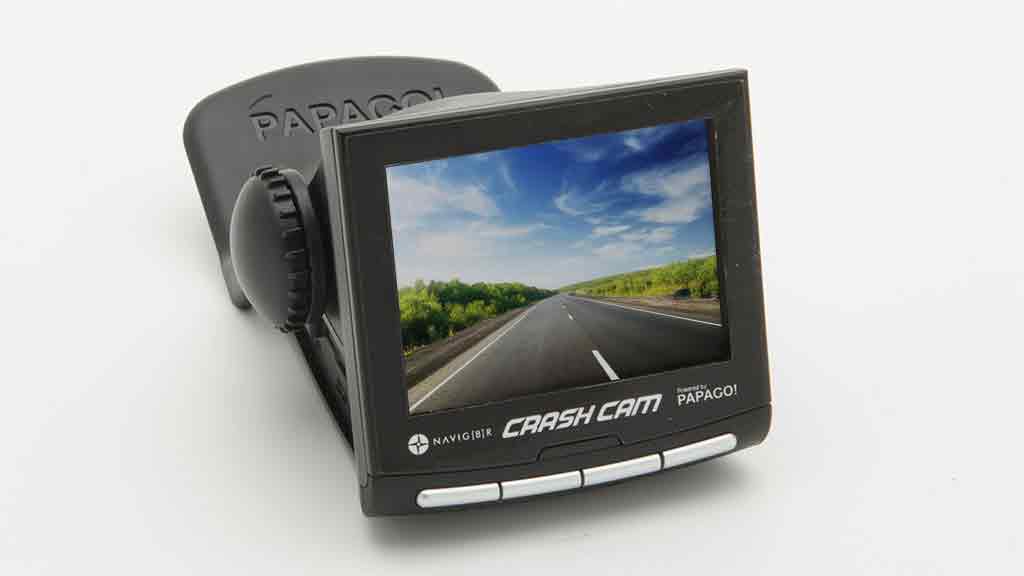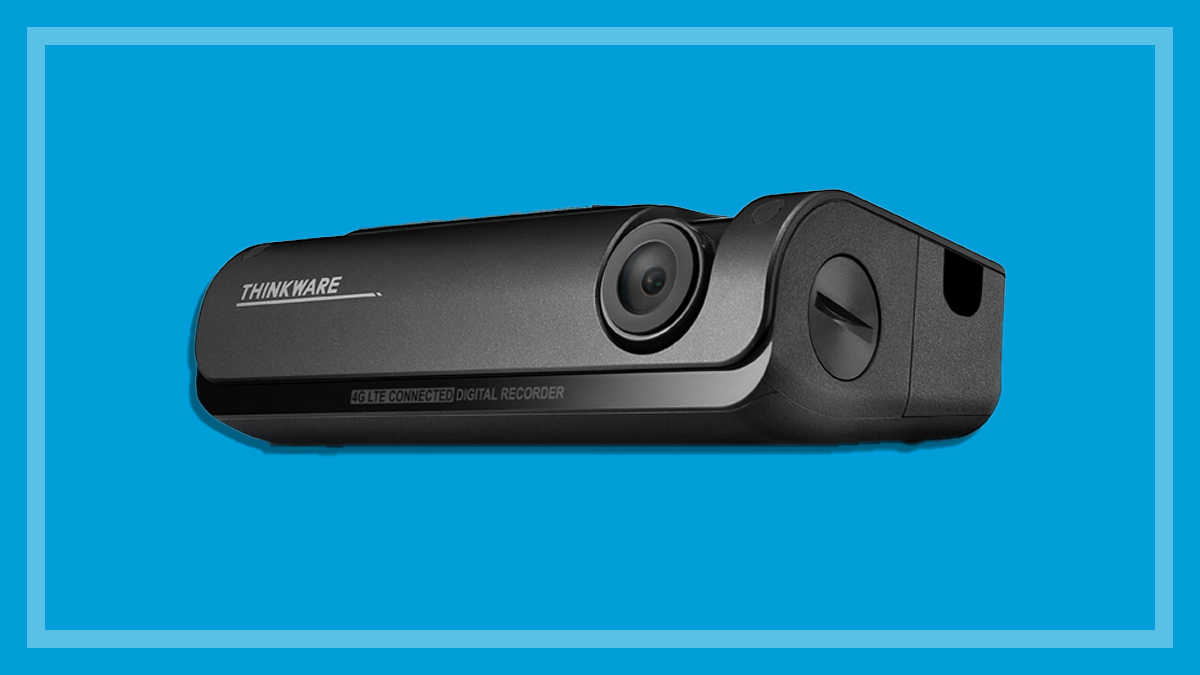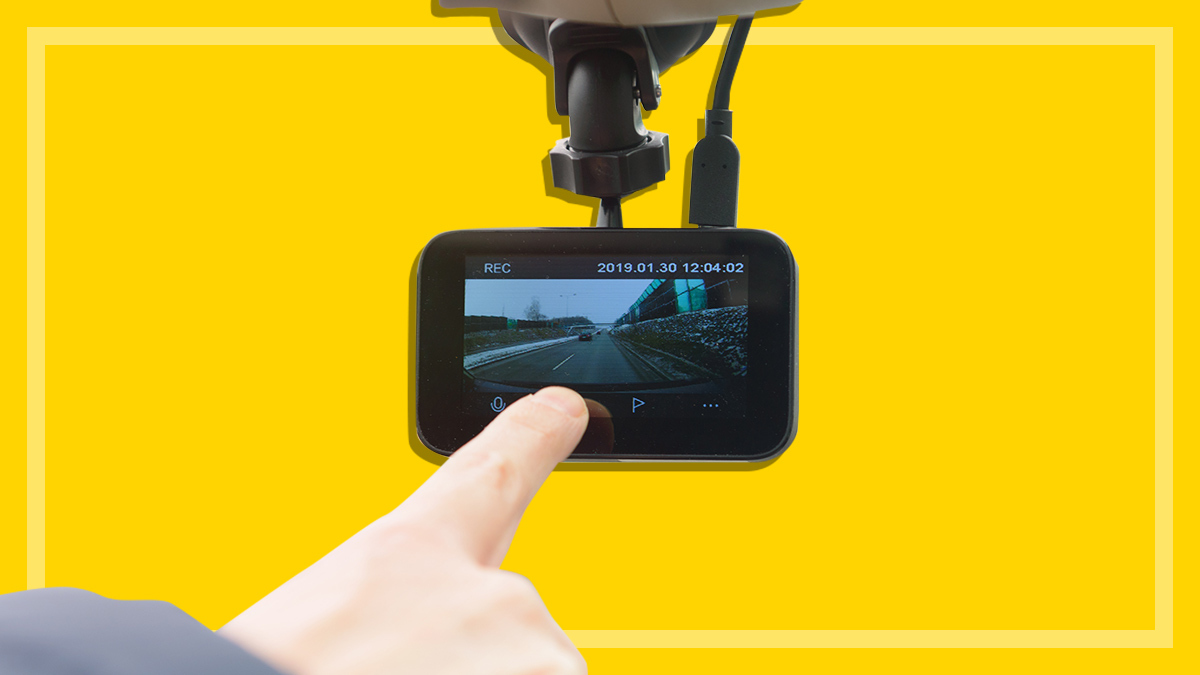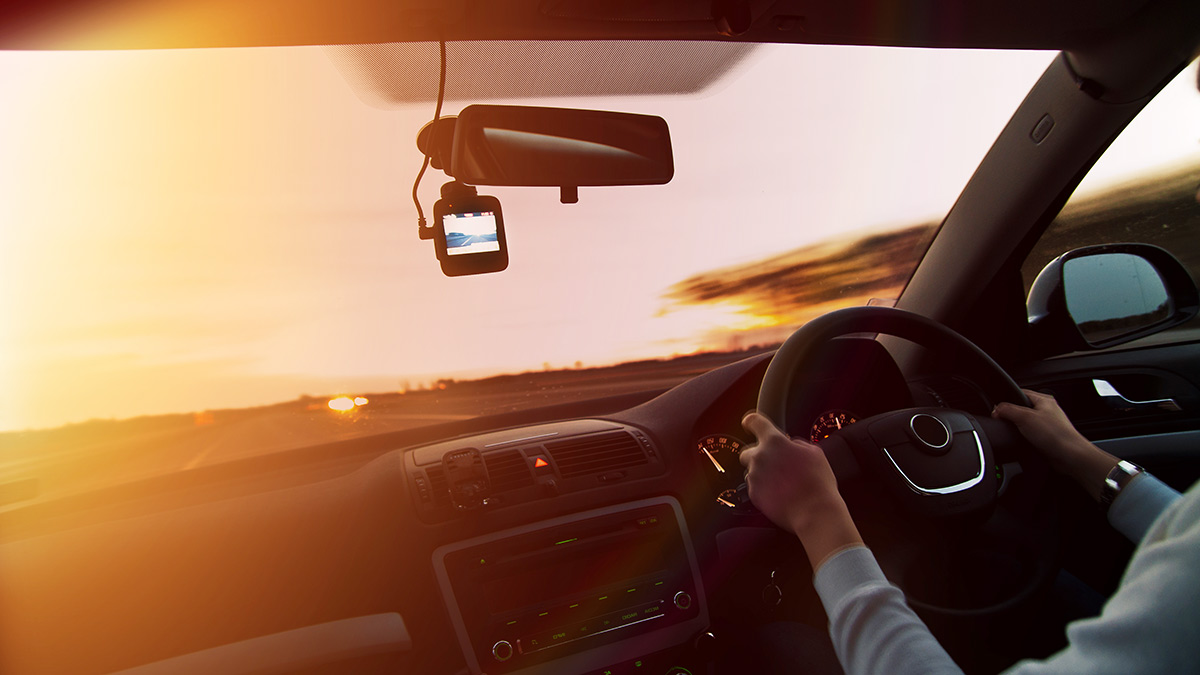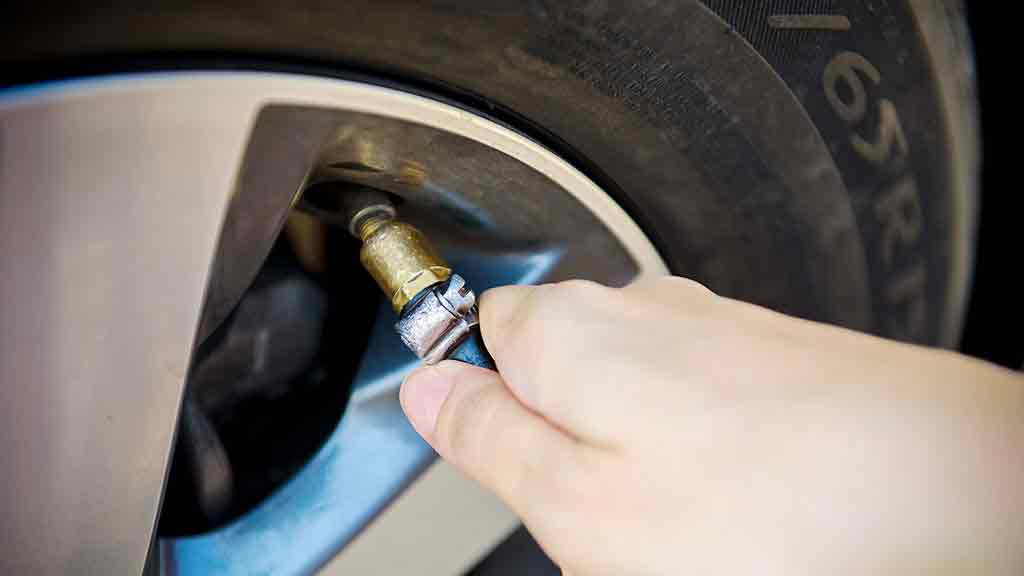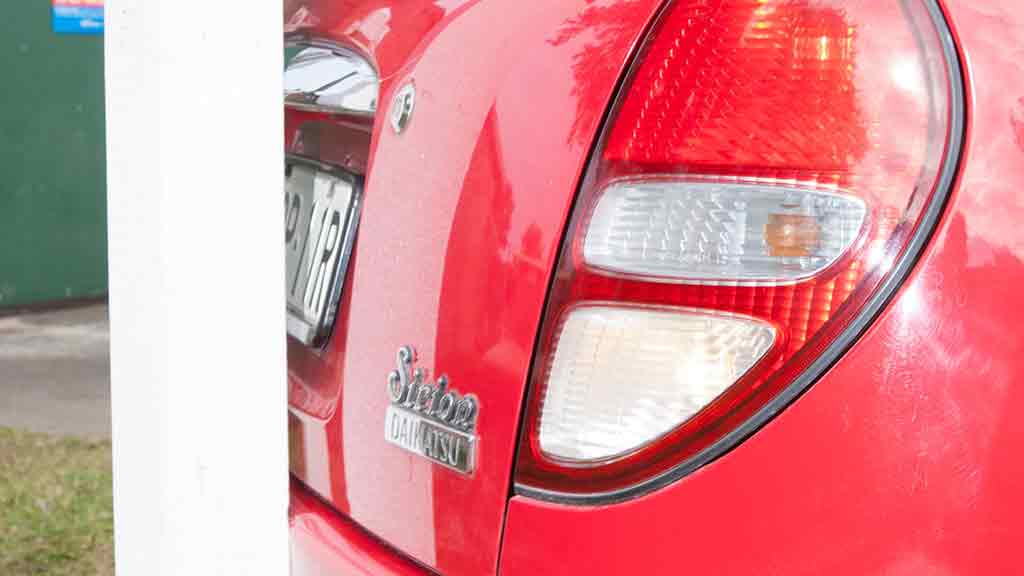Get our independent lab tests, expert reviews and honest advice.
What to look for in a car phone holder
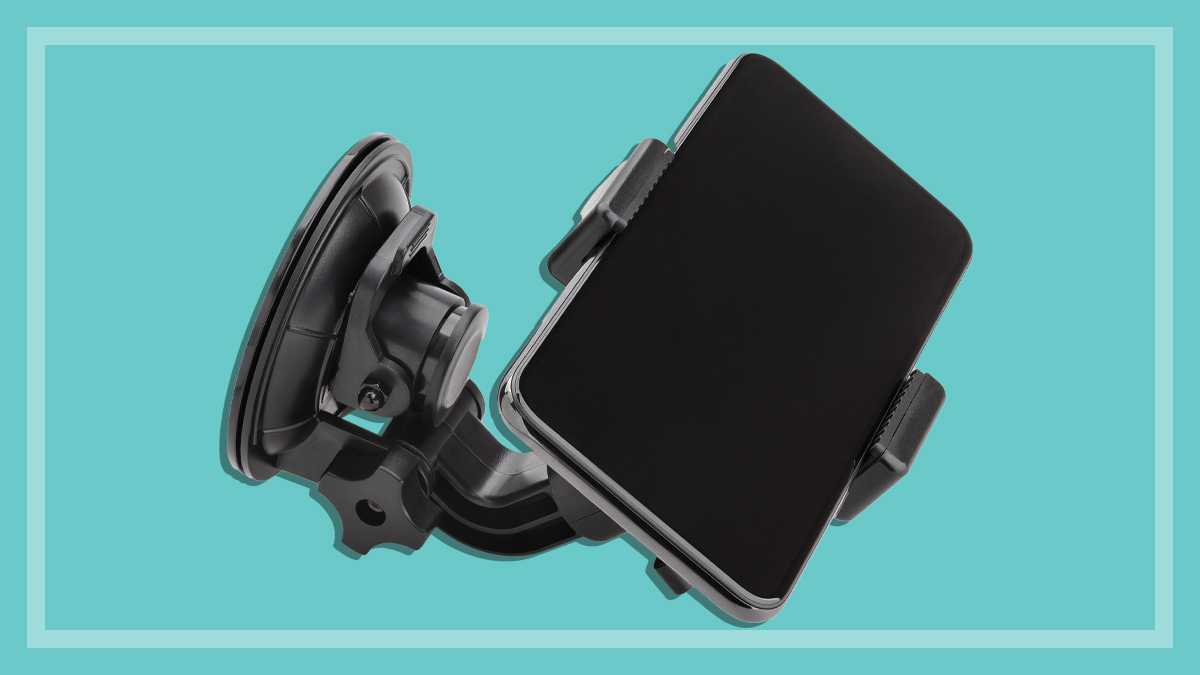
A car smartphone holder is a handy piece of kit, but not all are created equal. Do you want a suction cup or vent mount? Should you go with a magnetic grip or the traditional vice/cradle? And does price make a difference?
On this page:
- Why you might need a phone holder for your car
- Suction or vent mount: Which should you get?
- High price doesn't always mean high quality
- The best car phone mounts we reviewed
- Laws around mobile phone use while driving in Australia
There are also legal considerations. Make sure your plans for your phone mount won’t involve breaking the law before deciding which one to buy.
We reviewed a selection of car phone holders to explore the pros and cons of different mount types.
Why you might need a phone holder for your car
Some benefits of smartphone holders will seem obvious. They make it easier to see and touch your phone, stop it sliding around the car when it’s not in your pocket or bag, and they can be mounted in a variety of locations.
But did you know some phone features are illegal when your phone isn’t mounted securely in a holder, but are perfectly legal when it is?
Examples include making and receiving calls and using navigation apps (GPS), among other things.
Suction or vent mount: Which should you get?
Product names for smartphone holders are often highly descriptive, but as a result two products from the same company can have lengthy, near-identical names.
Pay special attention to whether a product name highlights its attachment type (vent, suction or adhesive) or how it grips the phone (magnetic or vice/clamp).
Some products come with two attachment types in the box. In these instances, we tested and scored the product twice – once per attachment type.
Steer clear of adhesive strips
Adhesive mount attachments scored very poor for performance – the supplied adhesive strips failed quickly and aren’t reusable. Of the three we tested, not one lasted long enough to face the heat test, let alone pass it.
If your car has a very flat, smooth interior surface then one of these adhesive attachments might work better, but the interiors of most cars aren’t flat in the spots you might place a phone holder.
All three adhesive mounts we tested came as a supplement for a suction cup attachment, possibly to be used in regions where attaching a device to a windscreen is illegal. To our knowledge, it isn’t illegal anywhere in Australia, though some states or territories forbid mounts from ‘obscuring’ the driver’s view, which is a bit ambiguous.
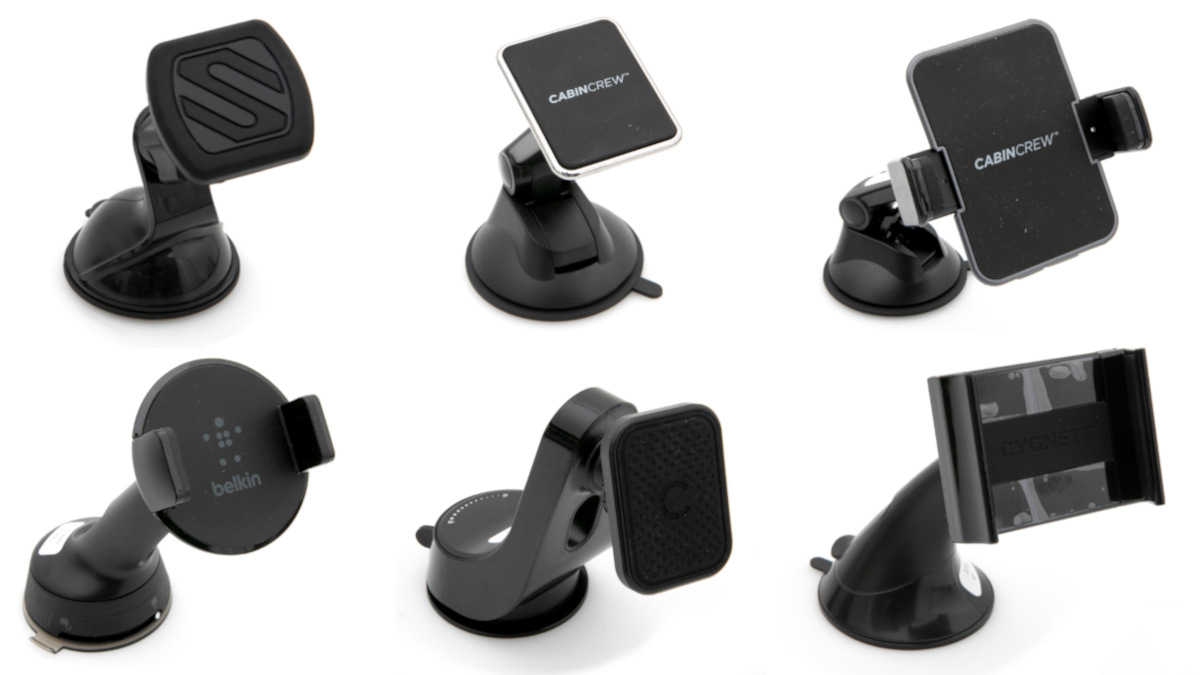
Suction mounts
Suction mounts generally scored better overall than the other two attachment types (vent and adhesive), often because of superior stability while driving.
Though this isn’t the case for all suction cup mounts – some can vibrate quite a bit.
Perhaps surprisingly, most fare well in the Australian heat, with few falling off during this part of our review.
But it should be noted that performance in heat might change over the lifetime of each product.
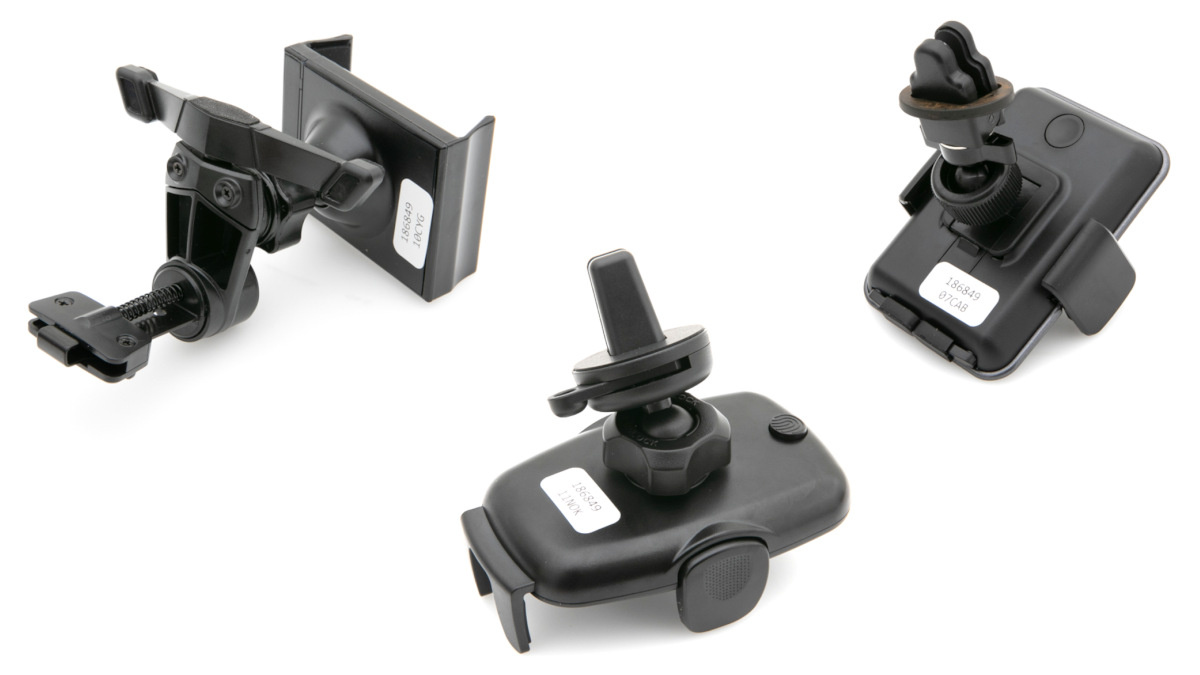
Vent mounts
Vent mounts had excellent attachment security for vibration/shock and (unsurprisingly) heat, but were not great in stability tests.
The unavoidable vibrations and changes in centripetal force while driving often caused phones to vibrate or pull down on vent vanes, angling the phone’s screen away from the driver. Sometimes the weight of the phone itself was enough to cause this issue.
Adjusting a phone’s angle side-to-side was also sometimes difficult. And for some vent mounts, it was tricky to access the controls because they were located in the small gap between the phone grip and vent.
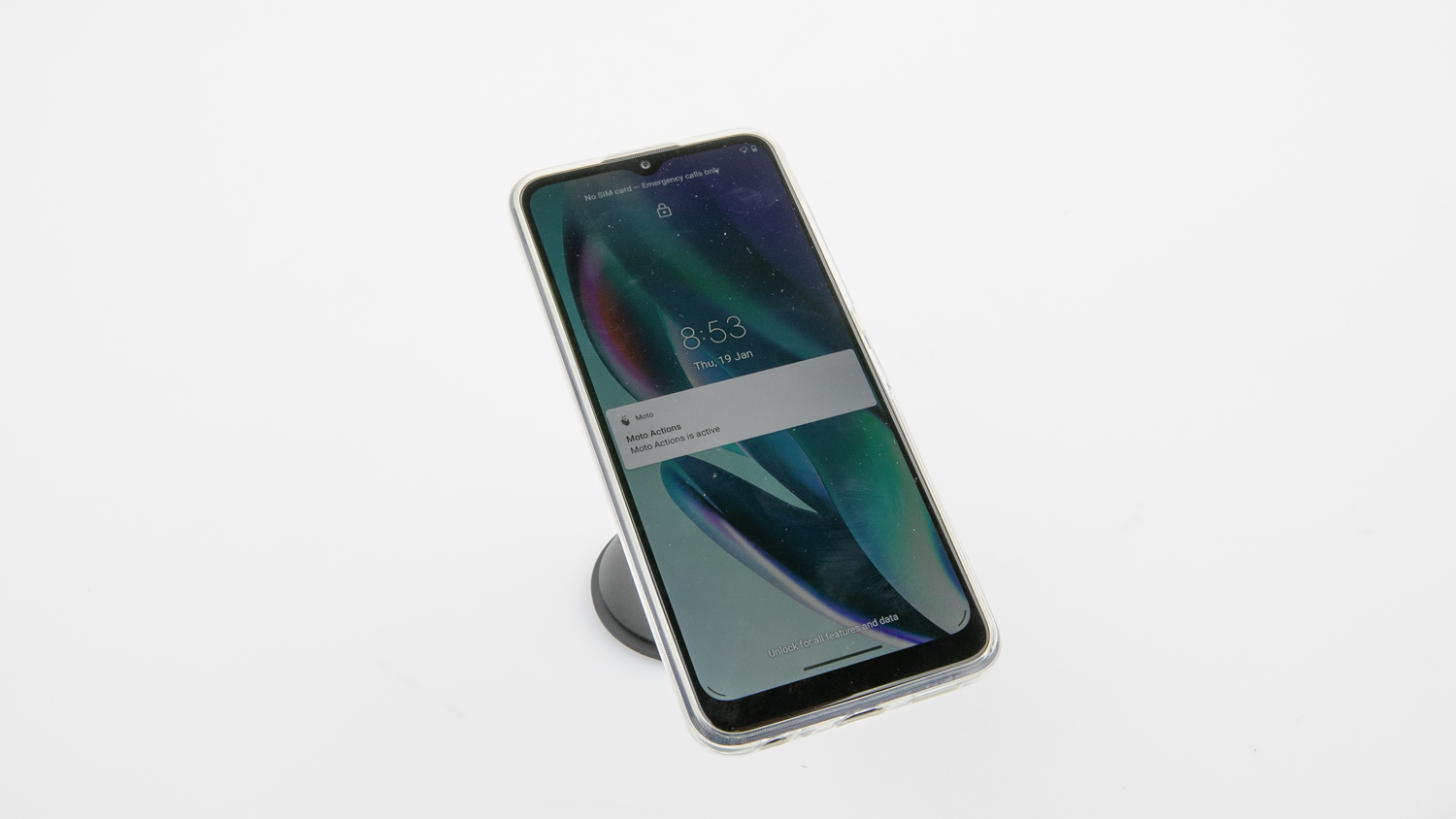
Magnetic phone grips
A ‘magnetic’ mount refers to how the mount grips the phone, rather than how the mount attaches to the vehicle.
Instead of a vice clamp, a magnetic pad holds the phone in place. This means your phone needs a built-in magnet (e.g. MagSafe for iPhone 12 and later) or be kept in a magnetic case, which obviously must be compatible with a given mount.
We looked at three magnetic mounts and found no trend.
High price doesn’t always mean high quality
Overall we didn’t find a strong link between price and quality. Apart from the second-cheapest model, the Anko Car Window Phone Mount ($10), which had very poor performance, phone mounts were spread fairly evenly between the upper ($44) and lower ($24) prices of the remaining mounts.
The Anko Car Air Vent Phone Holder ($5) is the only other product outside this price range, but it still scored similarly to some much more expensive models.
The best car phone mounts we reviewed
Of the phone mounts we reviewed, the five highest performers were suction cup mounts.
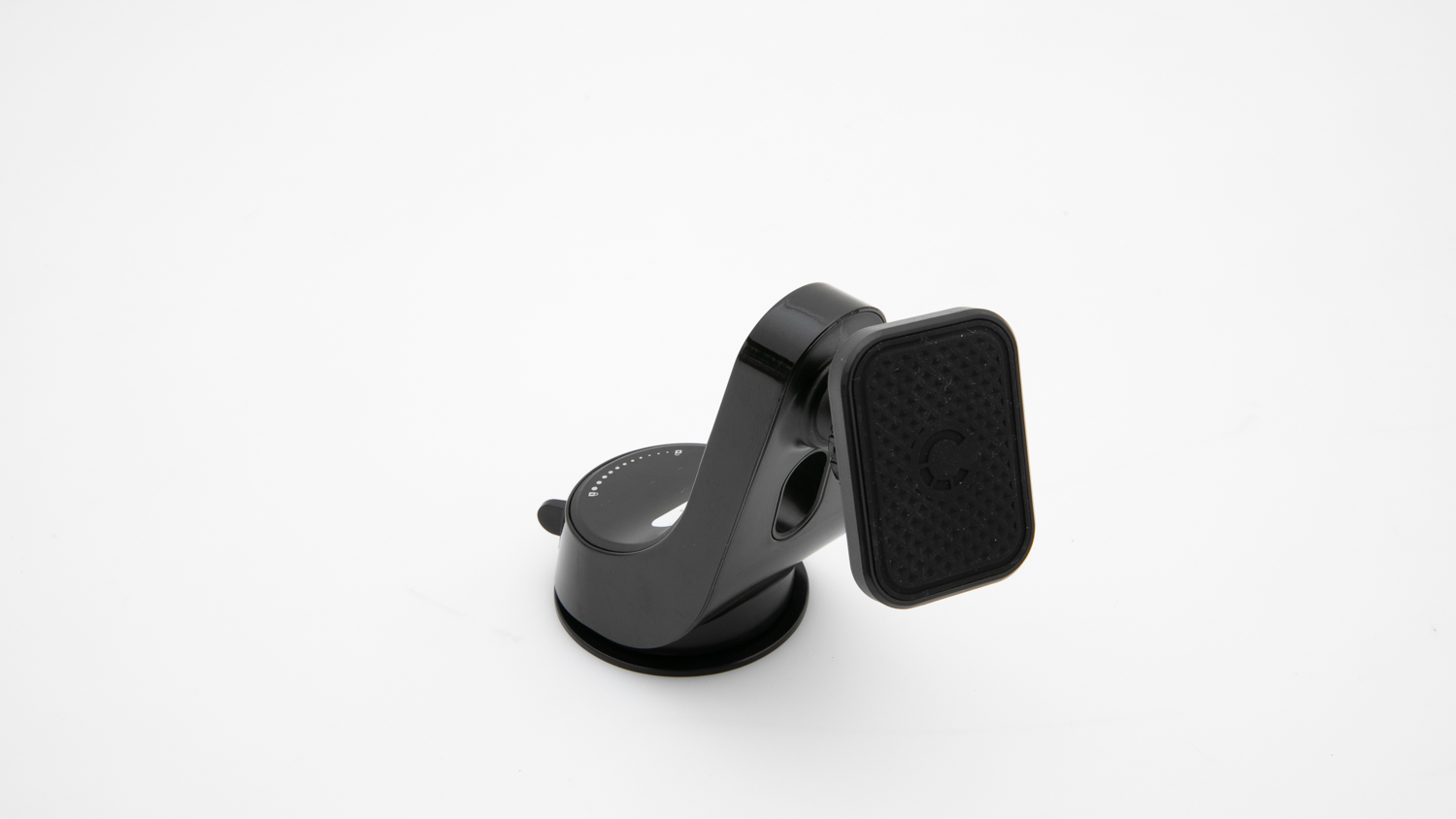
Cygnett MagMount Pro Windscreen Mount
- Grip: Magnetic
- Performance score: 90%
- Ease of use score: 85%
- Price: $35
- Website: cygnett.com
A suction cup mount with magnetic phone grip. The suction attachment was easy to attach and remove, and it was very easy to add (or remove) a phone to its magnetic holder.
It scored excellent in performance across the board in stability and attachment security, both against vibration/shock and heat.
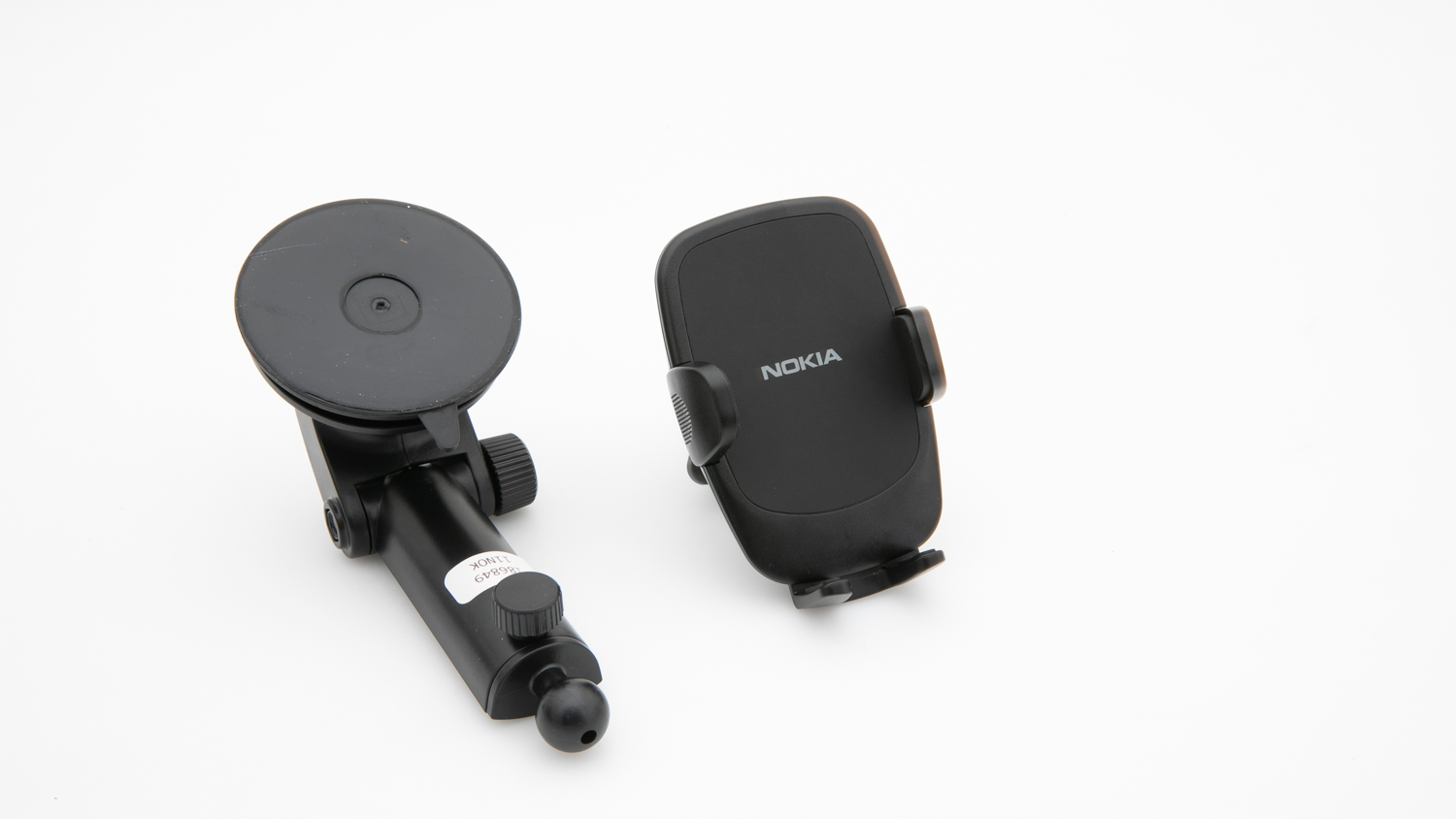
Nokia Car Mount E7203
- Grip: Vice
- Performance score (suction): 90%
- Ease of use score (suction): 85%
- Performance score (vent clip): 73%
- Ease of use score (vent clip): 85%
- Price: $40
- Website: amazon.com.au
A multi-attach device that comes with suction and vent clip attachments. The suction attachment scored higher in performance thanks to significantly greater stability while in us, whereas the vent attachment caused the phone to vibrate when driving.
That said, if you’re specifically looking for a vent mount, this was the best of the bunch.
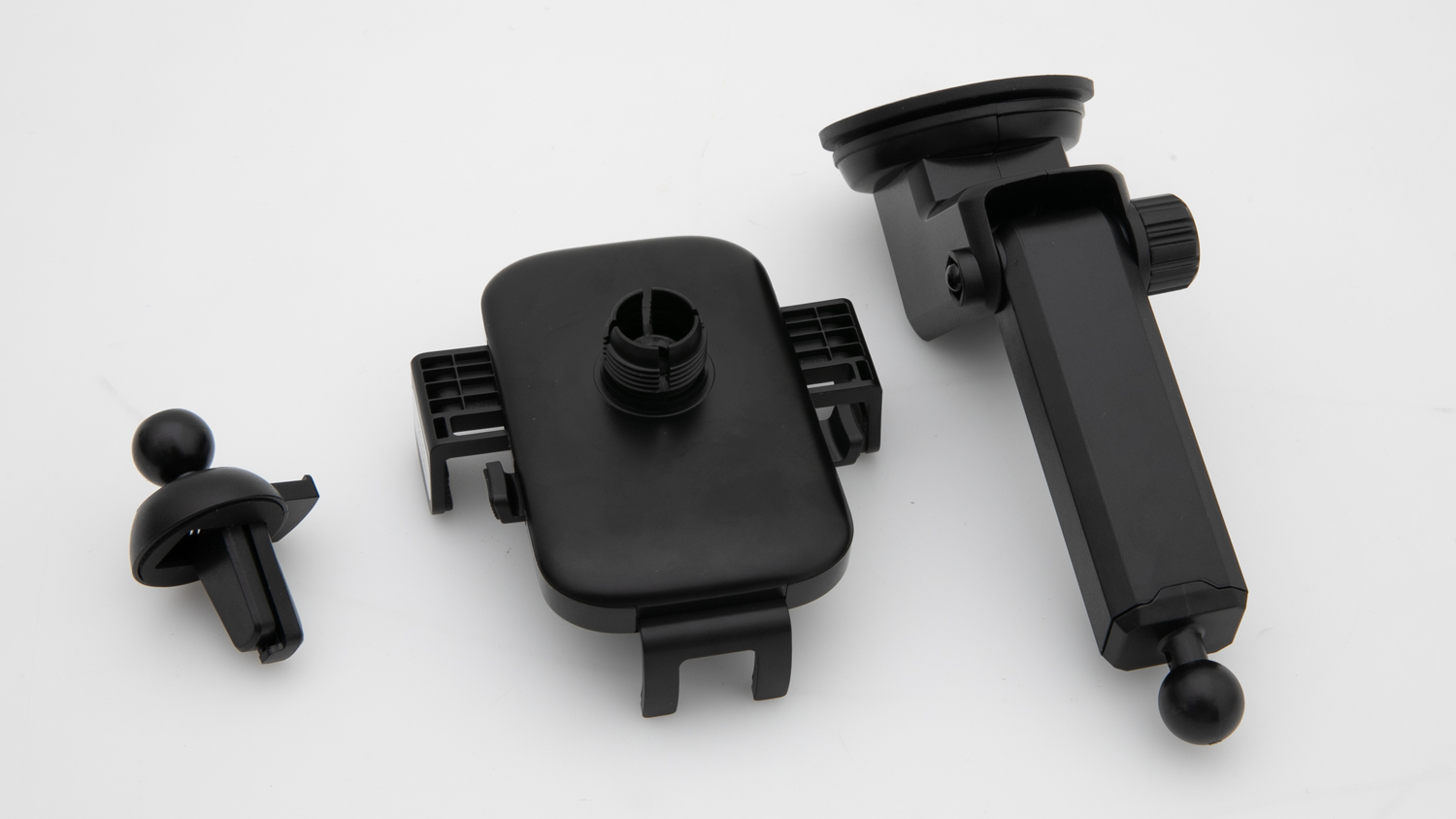
SmartDevil Suction Cup Telescopic Car Phone Mount Holder
- Grip: Vice
- Performance score (suction): 90%
- Ease of use score (suction): 85%
- Performance score (vent clip): 80%
- Ease of use score (vent clip): 70%
- Price: $24
- Website: amazon.com.au
A multi-attach mount that comes with suction and vent clip attachments. The suction mount scored excellent in all performance tests, but the vent mount vibrated while driving (though not as much as the Nokia Car Mount E7203).
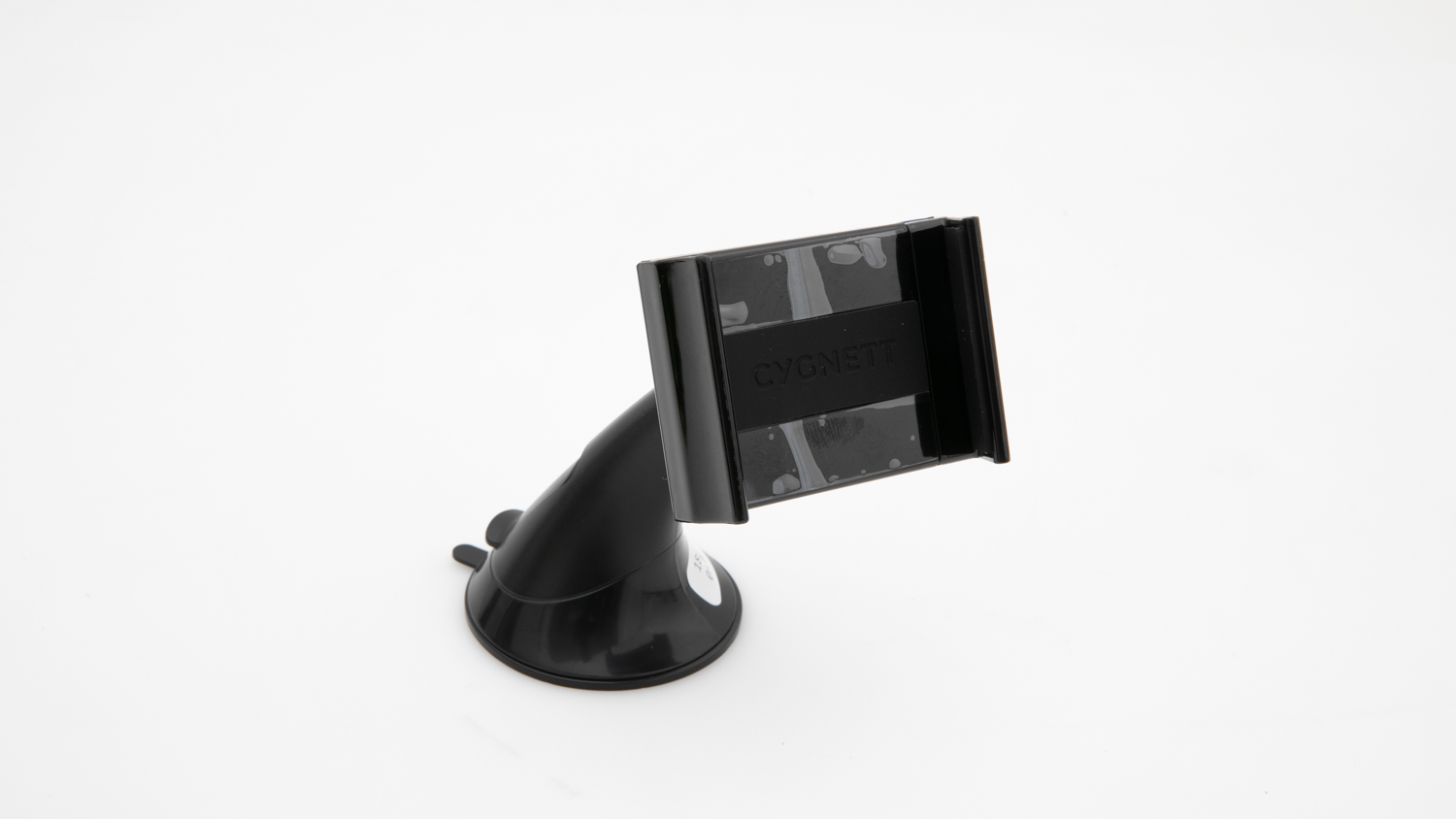
Cygnett DashView Vice
- Grip: Vice
- Performance score: 90%
- Ease of use score: 80%
- Price: $30
- Website: cygnett.com
A suction cup mount with vice grip, this phone holder scored excellent across the board in performance and was very easy to use.
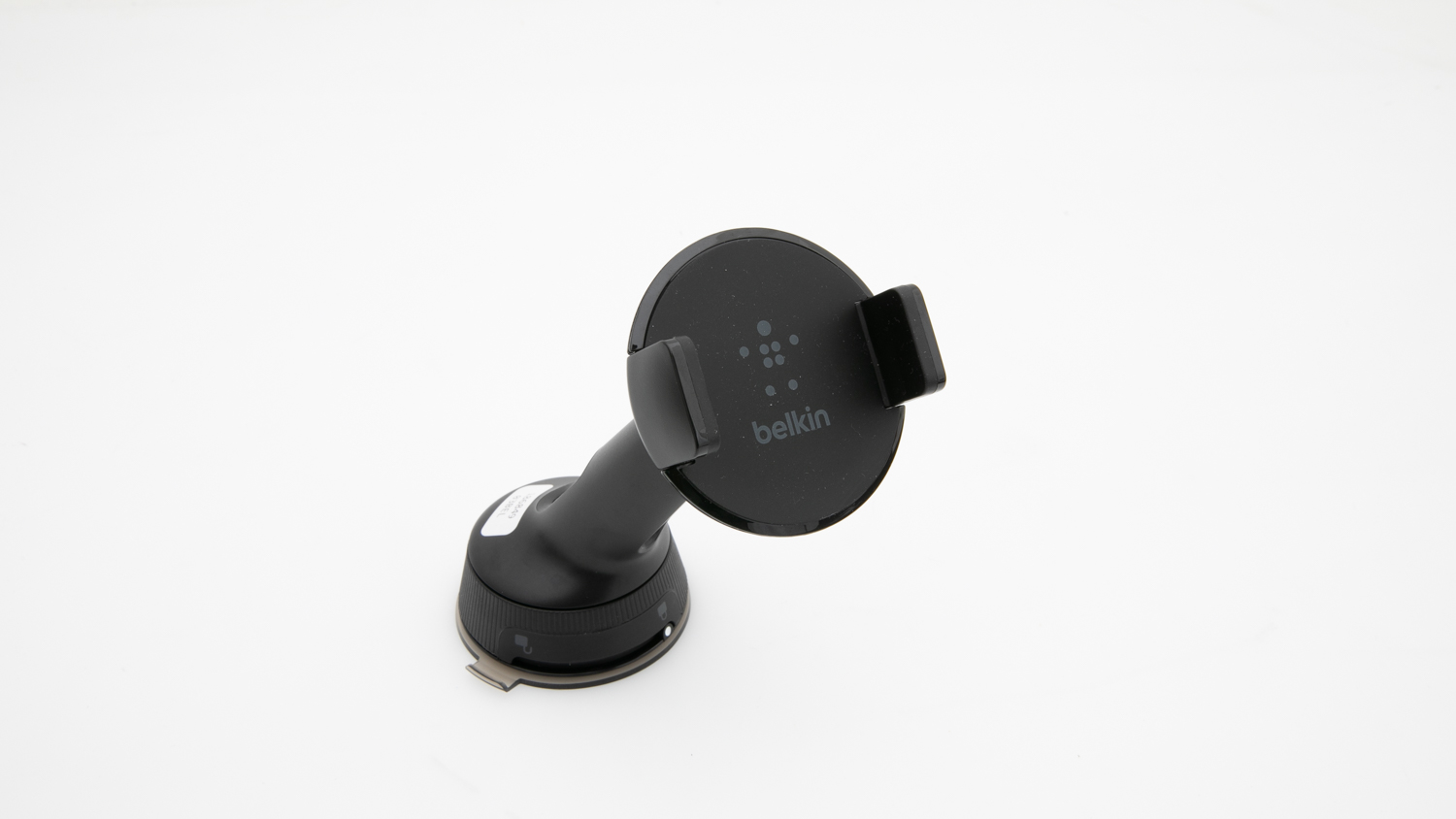
Belkin Car Universal Mount
- Grip: Vice
- Performance score: 90%
- Ease of use score: 79%
- Price: $40
- Website: belkin.com/au
This suction cup mount also comes with an adhesive strip option. While the suction attachment scored very well for ease of use and performance, the adhesive strip was next to useless in our test vehicle.
Laws around mobile phone use while driving in Australia
The laws about mobile phone use while driving vary between each state and territory. Not only that, some phone use is legal when the phone is securely attached to a commercially manufactured mount, but not allowed when unmounted.
There are also different laws depending on your type of licence: learner’s permit, P1, P2 and full licence. Once again, these are state-based.
National mobile phone restrictions
These restrictions apply in all Australian states and territories for all C-class drivers. It doesn’t matter if you’re fully-licensed, your phone is mounted, or if you use hands-free controls such as voice commands.
While driving, it is always illegal to:
- hold your phone or rest it on any part of your body (keeping it in a pocket is allowed)
- send text messages (including emails)
- make video calls or messages
- take photos or video
- read notifications or messages, even if they automatically pop up on your lock screen.
Other use cases are sometimes unspecified, but still fall under blanket bans around phone use because they involve looking at or touching your phone, among other distractions.
Examples include, but are not limited to:
- social media
- browsing the internet
- watching video
- locking/unlocking your phone by touching it.
To play it safe, if a phone use is not specifically mentioned under allowed exemptions by your state or territory, assume it’s illegal while driving.
State and territory laws
Legal guidelines for each state and territory can be found at:
- Australian Capital Territory
- New South Wales
- Northern Territory
- Queensland
- South Australia
- Tasmania
- Victoria
- Western Australia
Restrictions while mounted
There are fewer restrictions when your phone is mounted. Once again, this depends on your state or territory, but some examples include:
- touching your phone to make/end a call
- touching your phone to control audio playback (not necessarily to browse through menus and look for songs, however)
- using GPS.
State of confusion
The online resources for states and territories don’t always consistently or unambiguously depict legislation. Instances of this are the exception, rather than the rule, but it does happen.
For example, at time of writing, the Queensland government’s website states you may hold and use your phone when you’re “safely stopped” or “safely parked”. But on the Queensland government’s StreetSmarts website, it states you may only use your phone when “safely and legally parked”, making no mention of “stopped”.
The Northern Territory Road User’s Handbook (2020) states you can only use a mobile phone while driving to “make or receive an audio phone call or as a driver’s aid (e.g. using your phone for navigation)”. It goes on to specify restrictions around these uses.
In most cases, it’s illegal for learners and P1 drivers to use their phone under any circumstances, whether or not the phone is mounted
This omits using a phone to play audio through your car’s speaker system, suggesting it’s illegal. But when we asked, an NT representative told us audio playback is allowed, as long as the phone is set up while parked and music playback is controlled via your vehicle’s inbuilt infotainment system.
These are just two examples, but they highlight some of the issues with using public-facing online resources to understand the legislation surrounding mobile phone use while driving.
Ultimately, you should err on the side of caution – both from legal and safety viewpoints. Stick to what your state or territory’s government says online, unless you’re willing to dig through and interpret state legislation.
Learners and P-plate drivers
In most cases, it’s illegal for learners and P1 drivers to use their phone under any circumstances, whether or not the phone is mounted. This can sometimes be the case for P2 drivers, too.
The ban includes listening to audio or using navigation apps (GPS). Sometimes these rules can extend to passengers to some degree.
Make sure to look up the laws for learner and provisional drivers in your state or territory.

